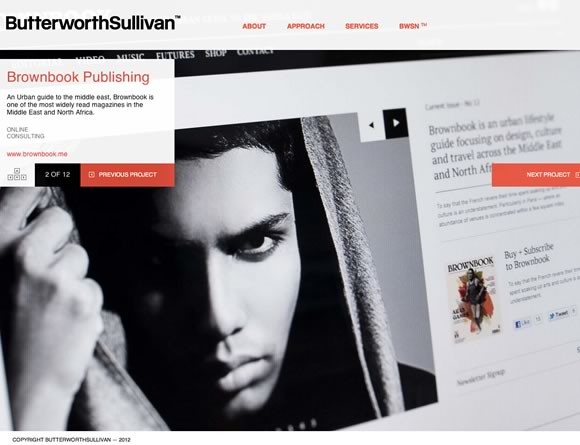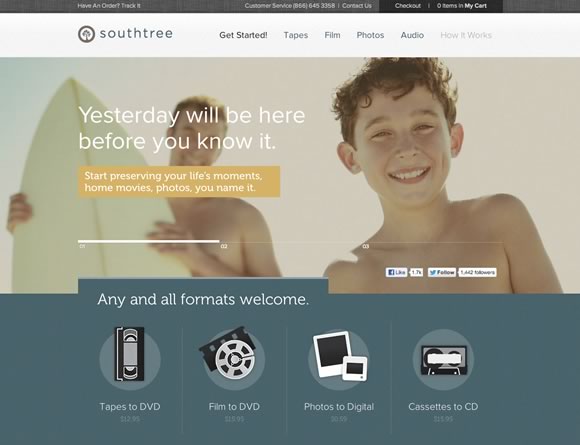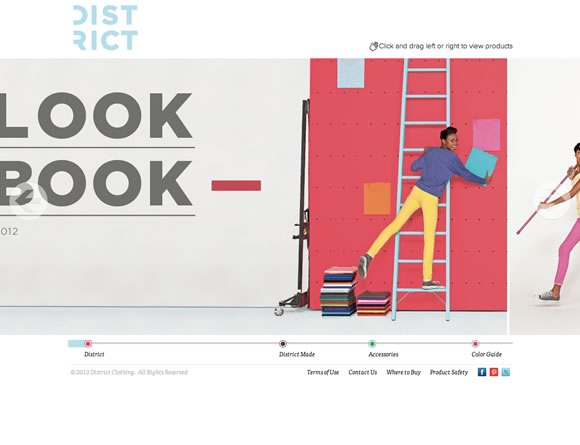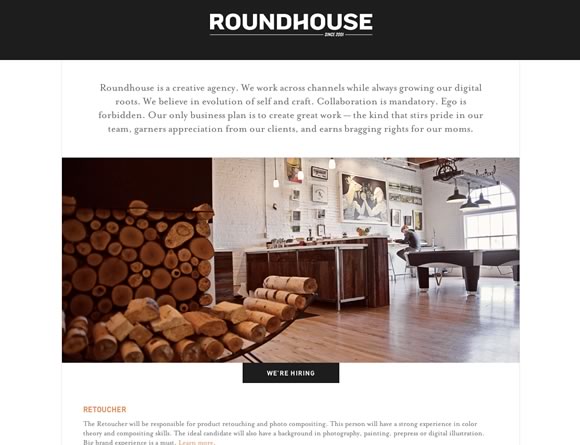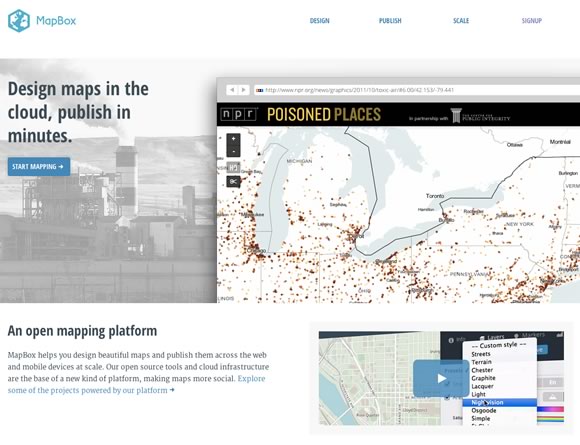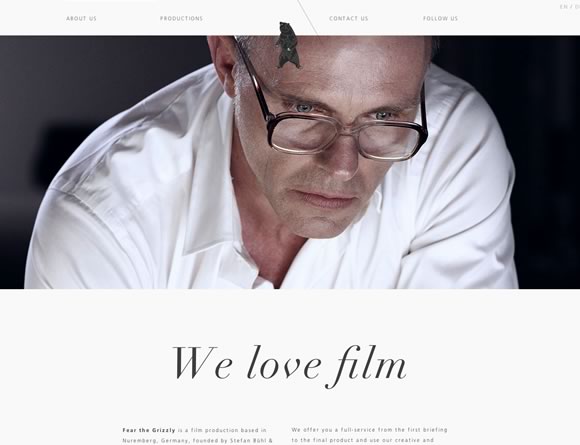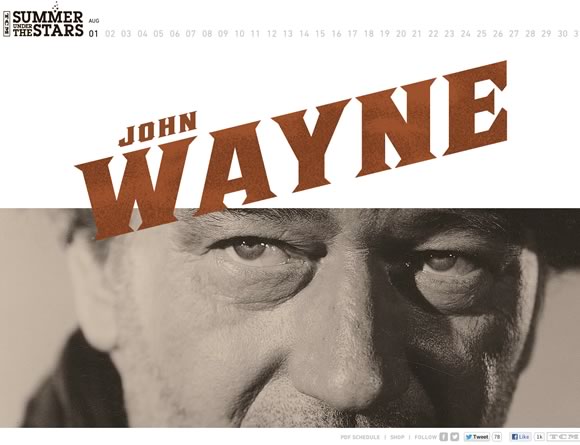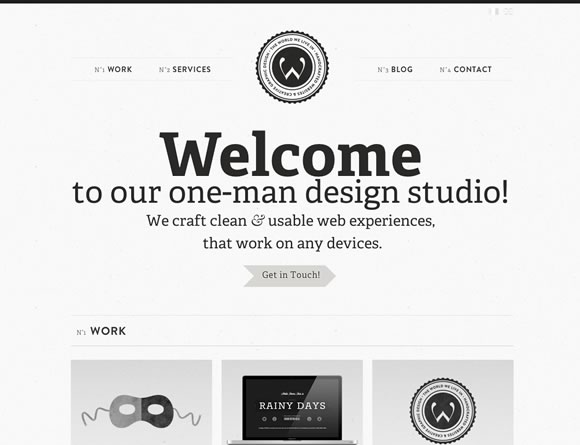This is often what I hear from employees who yearn for a straight talk and desperately seek feedback so as to know whether and how well they really perform. However, many leaders don’t go to great lengths when it comes to giving proper and open feedback. Major reasons include the fear of hurting the counterpart or just the lack of time.
Employees are not just looking for positive feedback, but also on what they have not done well or could improve. If managers dare to provide sincere feedback regardless of the nature of the particular situation, then they will also raise the degree of their own credibility, which is one of the crucial pillars for gaining natural power. Keep in mind that feedback is often more powerful than any other financial incentive, since people feel recognized and appreciated. Furthermore, feedback is the be-all and end-all when it comes to empowering people. They find trust in their leaders and dare more easily to live up to their true potential. Giving proper feedback is an art, and over the years I outlined a sort of checklist that helped me to develop this crucial skill.
Adopt the right mindset of honest feedback. The secret behind giving feedback is to consider it as a gift. If you believe that giving open, straight, and honest feedback in an authentic way might motivate and help people to better live up to their full potential, then you will be more inclined to give that feedback. People like gifts, especially from someone willing to tell you that there is still room for improvement and when they are committed to helping you get there.
Don’t beat around the bush. Especially when it comes to providing feedback on “unpleasant issues,” managers often shy away from giving straight feedback. Beating around the bush diminishes trust and credibility. Telling it like it is and speaking clearly, directly, and fearlessly without trying to manipulate or dominate the conversation form the basis for the true art of authentic communication. Always get straight to the point.
Treat “positive” and “negative” feedback equally. Feedback is often considered to be bad news. In reality, feedback shall always be developmental. Therefore, a manager needs to give both kinds of feedback with the same level of intensity and sincerity.
State the facts; avoid emotional judgments. We all tend to create our own reality, often based on perceptions and wrong assumptions. In fact, I dare claim that most conflicts could be avoided if we adopted a purely fact-based approach when it comes to giving feedback. Should you have difficulties adopting a fact-based approach, then keep the definition of feedback in mind: According toBusinessDictionary.com, feedback is providing information and not expressing an opinion. Feedback is a process in which the effect or output of an action is returned (fed-back) to modify the next action. Information is always better accepted than any opinions based on personal judgments.
Dare to deliver even “bad” news. Even the “best” leaders have trouble giving people direct feedback, especially about possible flaws. Managers are often concerned about hurting their employees’ feelings or running them off. When employees in my organization are asked what they would like more of from their managers, they normally first respond with "feedback." The lack of feedback can cause the stars to leave the company despite promotions or financial incentives. Why? Because they were not provided the room for continual improvement.
Articulate the specifics and reference concrete examples. Employees will accept your feedback more easily when you refer to specific examples. The focus on the specifics helps employees to be more actionable. Generic feedback won’t help either of you.
Apply non-violent communication. When revealing feedback, use “I” rather than “you.” A message delivered through “I have noted that…” is normally better accepted than saying “YOU have done this and this.”
Ensure timely feedback. Do not wait too long to give feedback. The faster you act the better, which underlines your credibility and power of determination as a leader.
Be result oriented. Define the specific results expected and show how all will benefit. Define what can be improved through the support of you and the employee. Only provide feedback on something the employee can change. If the employee can’t do anything about improving a situation, the feedback will only serve to hurt their feelings and cause conflict or resentment.
Stick to face-to-face meetings. In a global organization it might sometimes be difficult to see your expats and employees on a regular basis. All the same, avoid writing feedback in emails. The written word is extremely powerful and can often be misinterpreted. Even if you are not able to see your employee in person, use Skype or make a call.
Regularly provide feedback whenever it is appropriate. In many organizations, managers are required to give feedback only once a year and some still believe that feedback has to be given only during the annual performance review. Giving feedback should be a constant process and applied on a regular basis.
Ask for feedback. These have been rules for giving feedback. What about receiving feedback? Many managers have not had formal feedback sessions and performance appraisal meetings for years. If the bottom-line targets are met, managers are mostly rewarded. However, even they need feedback so as to develop further, especially when leadership shifts more and more towards empowering people and therefore requires the knowledge of their employees’ feelings, needs, and concerns. The 360-degree feedback cycles that are often used in many organizations cannot replace an open and honest discussion with your employees.






